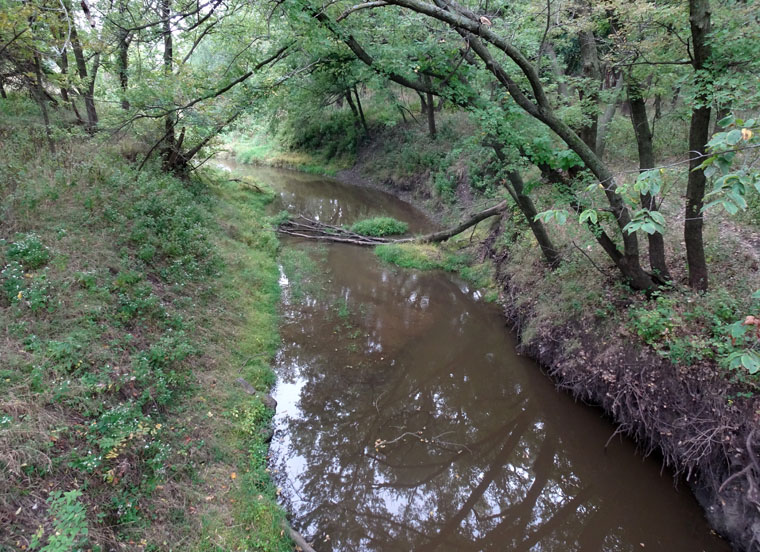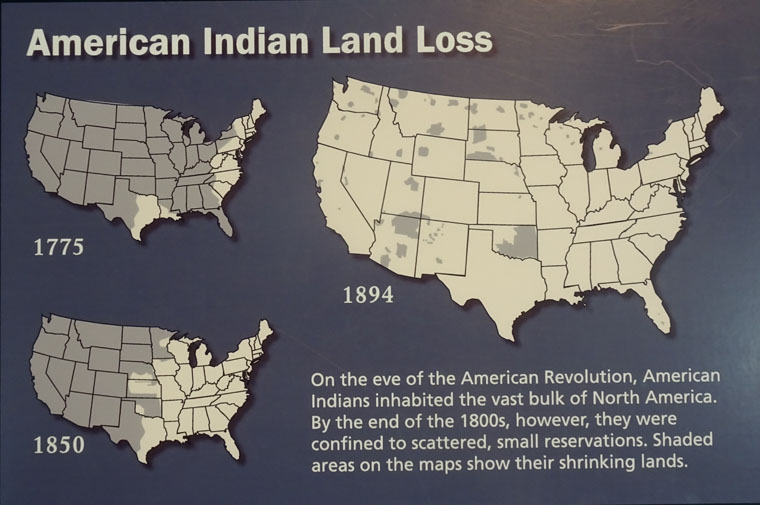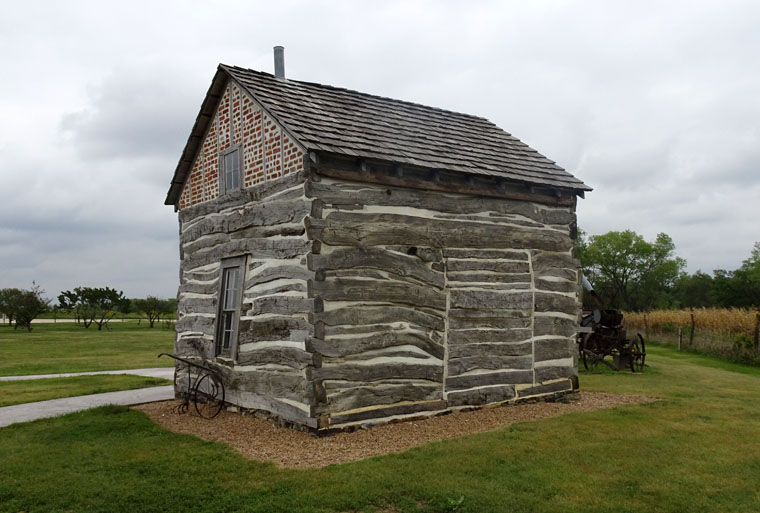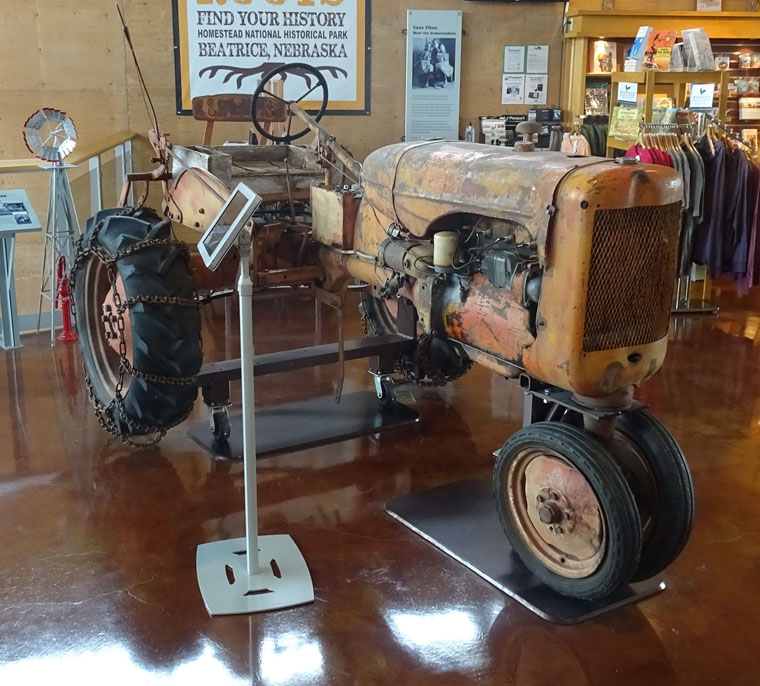Saturday, Sep 23 2023
Today was, again, a mainly driving day as I headed to Nebraska’s capital, Lincoln. There are several highly recommended tourist stops along I80 but they seem to all deal with the Pioneers and, I felt, were unlikely to add significantly to my knowledge. I decided to visit the Homestead National Historical Park in Beatrice which is about 40 miles south of Lincoln. This allowed me to get off the Interstate and drive some pleasant two lane roads through agricultural countryside with virtually no traffic.
The Homestead Act, signed by Abraham Lincoln in 1862, was designed to encourage people to populate the huge area west of the Mississippi by allowing anyone who was over 20, a head of household or a recent immigrant on the path to citizenship to claim 160 acres (65 hectares) of public land. If they built a dwelling, cultivated crops and lived there for 5 years they were given free ownership of the land. Once the civil war had ended it was expanded to include public lands in the confederate south which allowed freed slaves to participate. However, previously enslaved people faced obstacles, such as lack of documentation to prove identity and legal knowledge to ensure ownership remained in the family when the original claimant died. Also Andrew Johnson, who became President after Lincoln’s assassination, gave many black homesteads to white plantation owners who claimed to own the land.
The act came into effect on Jan 1st, 1863 and Daniel Freeman is believed to have filed the first claim at midnight on that day The historical park is run by the National Park Service on the land he claimed.


While the act had its desired effect for many settlers it was devastating to the Native American tribes. Native Americans had lost land due to the Indian Removal Act and treaties they had been coerced to sign that restricted them to reservations. They believed the land belonged to the community, not individuals. When congress passed an act to expand homesteading to reservations (with the intention that tribal members could own land) the treaties were broken and settlers claimed the 60% of reservations that was not claimed by members of the tribes.


The Homestead Act was repealed in 1976 for the lower 48 states but, in Alaska, homesteading continued for another 10 years. The last homestead claim to be granted ownership was made by Kenneth Deardorff, a Californian and Vietnam veteran.


You are helping me to thinking about this major benchmark in American history. This nation is approaching its 250th anniversary. That seems like a very long time. The Homestead Act was 250 years after the first east coast settlements. All these land-grabs were of course at the expense of the American Indians, largely decimated by European disease. A book was published last year that might be a good read when you’re home: Indigenous Continent: The Epic Contest for North America. It’s on my Kindle, waiting to be read.
There’s a large painting at the NGA entitled, “The Last of the Buffalo,” completed in 1888. It depicts American Indians on horseback killing multiple buffalo. The gallery now has an explanation posted to confess that the buffalo were largely wiped out by that date, certainly not as depicted.
Thanks for the book suggestion. Everything I learn about the treatment of Native Americans and enslaved African Americans seems to show how cruel some humans can be to “the other”. For the most part I think that general populations are tolerant of others as long as they are not deliberately sabotaging their lives but it is those who seek power and wealth that sow the seeds of distrust and care little about anyone but themselves. Unfortunately, they tend to make the rules.
I would love to see ALL the national parks in the US.
That’s a real challenge. There are over 460 of them and some, like those in Alaska, are extremely difficult to visit. It has been done, however.